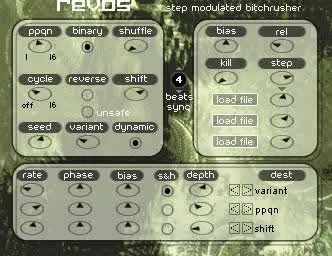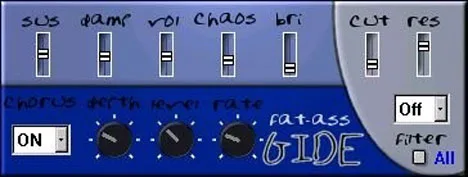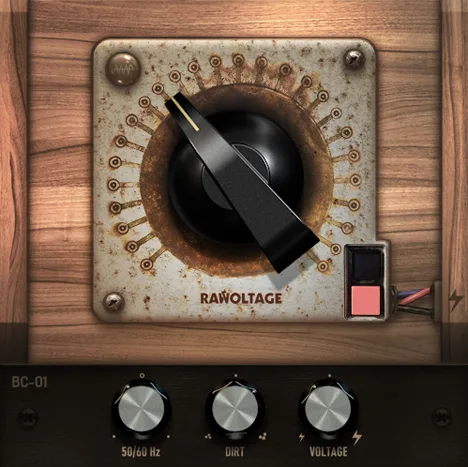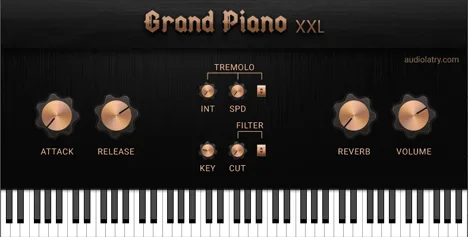Revos: Algorithmic Sequencer for Instant IDM Sound
Welcome to the world of unpredictable sound with the Revos plugin from developer Xoxos. This unique VST instrument, designed for Windows (32-bit), opens up new horizons for music creation, especially if you are interested in the IDM (Intelligent Dance Music) genre and experimental electronica. Revos offers a fresh perspective on working with samples, using algorithmic sequencing to generate sound sequences.
Forget about monotonous manual programming! The main idea of Revos is to allow algorithms to create complex and unexpected patterns for you. The plugin works with three samples of your choice, which become the basis for its sound experiments.
Working Principles
Revos uses algorithms to determine when and how to play the loaded samples. This may include:
- Generating sequences based on probabilities.
- Using logical rules to create deterministic, but complex patterns.
- Responding to external parameters to dynamically change the output.
This approach makes Revos the perfect tool for quickly finding ideas and creating unique sound textures characteristic of IDM and related genres, where broken rhythms and unexpected sound events are valued. It can truly be your “instant IDM plugin”, allowing you to generate complex structures in just a few clicks.
Integration and Usage
Revos works as a standard VST instrument in your DAW. Although it is 32-bit, most modern 64-bit workstations support its operation through special bridges.
Use Revos for:
- Generating original rhythmic parts that go beyond standard loops.
- Creating ambient and atmospheric backgrounds.
- Developing unusual sound effects.
- Quick start and inspiration when creating electronic music.
Revos requires experimentation and a willingness to accept an element of unpredictability. It’s a tool that encourages exploration and can lead to truly unique results. If you are looking for a tool that will help you go beyond the ordinary and add freshness to your music, Revos from Xoxos is a great choice. It demonstrates how algorithms can become a powerful creative partner in the process of creating electronic music.



